Skip to content
During This Economic Crisis, Capitalism’s Three Point Political Program: 1. Austerity, 2. Scapegoating Blacks, Minorities, and ‘Illegal Immigrants’ for Unemployment, and 3. The Iron Heel.
Democracy?: As the Capitalist Robber Barons Steal from the 99% — Only the 1% Voted For Austerity — The 99% Should Decide On Austerity — Not Just The Who Profit From Austerity! Under Austerity, All of the World Will Eventually Be Pauperized, Humbled, and Desecrated Like Greece and Puerto Rico
Daily News Digest March 12, 2018
I agree most of Bruce Dixon’s article .(Lessons, Successes, Failures of the West Virginia Teachers Strike) However, I disagree with Bruce’s overall assessment of the trade union bureaucracy. After the defeat of the PATCO Strike, the trade union bureaucracy was scared that they would lose their dues base. They developed, as their strategy to keep the dues check-off flowing to form a partnership with the boss. Whereby, the employers would continue to deduct union dues, in exchange, the labor bureaucracy would subordinate the standard of living of the workers, they represent, to the benefit of their employers.
The result of this partnership with the boss led to the creation by the trade union bureaucrats to set up two and many tier wage schemes to cut the wages for future workers. The results of this policy has been a continual wage cut in real wages and conditions that accelerated since the two tier system was set up in the 1980s. When I was in union office, in the 1990s, we use to characterize this policy as the ‘race to the bottom’. See the graph below:
Shadow Government Statistics Real Average Weekly Earnings, Production and Nonsupervisory Employees, 1965-to-Date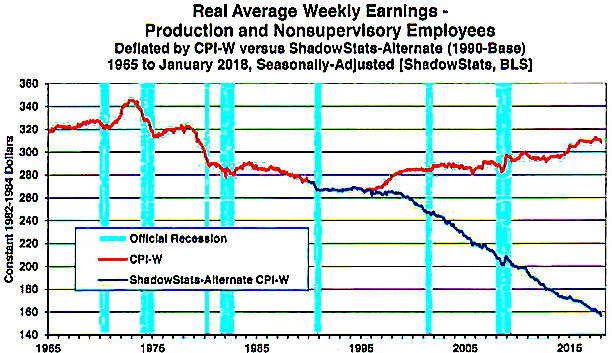 The 5% wages that the teachers won, is better than that which the teachers unions initially settled for and urged the teachers to go back to work. The teachers ignored the union ‘leaders’ and stayed out of work for a few more days. The 5% settlement with the goverentment does not represent the increase of living. According to Shadow Government Statistics real inflation is 10%. And the labor bureaucracy got a guarantee that the state will deduct union dues from paychecks, for opposing the strike.
The 5% wages that the teachers won, is better than that which the teachers unions initially settled for and urged the teachers to go back to work. The teachers ignored the union ‘leaders’ and stayed out of work for a few more days. The 5% settlement with the goverentment does not represent the increase of living. According to Shadow Government Statistics real inflation is 10%. And the labor bureaucracy got a guarantee that the state will deduct union dues from paychecks, for opposing the strike.
Unfortunately, there is no mention of healthcare in the settlement. “A wildcat teachers’ strike that roiled West Virginia for nine long days ended on Tuesday, after the state government passed a 5% pay hike. For a state that doesn’t even allow state employees to engage in collective bargaining, this amounts to a historic victory. Yet much remains undone. The strike was largely about healthcare benefits, which the deal mostly skirted. Even worse, the educators’ hard-won raise could come at the expense of other important state programs – potentially Medicaid, although this remains uncertain. Such an outcome only reaffirms a lesson made explicit throughout labor history: universal healthcare programs, rather than private benefits won through collective bargaining, must be a priority for organized labor.”(The West Virginia teachers’ strike is over. But the fight for healthcare isn’t)
And all this is under that back drop that the Supreme Court Will Hear Case on Mandatory Fees to Unions. In the labor case, the court will consider whether public-sector unions may require workers who are not members to help pay for collective bargaining. If the court’s answer is no, unions would probably lose a substantial source of revenue. That would break initially break the basis for the labor management partnership. This why the local and international teacher unions did backflips to say, along with the government, that it was a wildcat strike and that they had nothing to do with the strike.
Where’s Our Party?
When a union is in at struggle with the government, it immediately becomes a politic fight and the workers have no political organization that represents them and is of them,
The teachers potentially have huge political power, for teachers are in contact with the entires working class, through teacher and parent organizations. The key for the fight to go forward is for the West Virginia Teachers to go forward is to maintain their strike organizations and have weekly meetings in the towns where they were organized for the strike. They were able to get the support of the working class. (When they made healthcare as part of their demands the teachers strike gained the support of the whole working class. These committees could fight for health care and against austerity. And in this process, build the political power — a workers political Party.) — to oppose the republicrat government and austerity! By Roland Sheppard
Images of the Day:
Cohn delivered bigly for Goldman Sachs. — Gary Rivlin
Politicians and diapers must be changed often, and for the same reason” ― Mark Twain
Allegedly, the current unemployment rate of 4.1 percent is the result of the long recovery that allegedly began in June 2009. However, normally, employment opportunities created by economic recovery cause an increase in the labor force participation rate as people join the work force to take advantage of employment opportunities. A fall in the participation rate is associated with recession or stagnation, not with economic recovery. How can this contradiction be reconciled? The answer lies in the measurement of unemployment. If you have not looked for a job in the last four weeks, you are not counted as being unemployed, because you are not counted as being part of the work force. When there are no jobs to be found, job seekers become discouraged and cease looking for jobs. In other words, the 4.1 percent unemployment rate does not count discouraged workers who cannot find jobs. The US Bureau of Labor Statistics has a second measure of unemployment that includes workers who have been discouraged and out of the labor force for less than one year. This rate of unemployment is 8.2 percent, double the 4.1 percent reported rate. The US government no longer tracks unemployment among discouraged workers who have been out of the work force for more than one year. However, John Williams of shadowstats.com continues to estimate this rate and places it at 22 or 23 percent, a far cry from 4.1 percent. — Paul Craig Roberts
Videos of the Day:
Toxic Profit: Meet the Top Super Polluters in the US DowDuPont tops the list of the biggest air and water polluters in the country, according to PERI’s new Toxic 100 index. Researcher Michael Ash breaks down the report
Trump’s Tariffs Trade War The negative reaction to Trump’s tariffs announcement, especially from Republicans and trade partners, has been strong, even prompting the resignation of Trump’s chief economic advisor. Economist and author Heiner Flassbeck discusses possible outcomes
U.S.:
Trump’s Travesty of Protectionism Trump’s series of threats this week was a one-two punch. First, he threatened to impose national security tariffs on steel and aluminum, primarily against Canada and Mexico (along with Korea and Japan). Then, he suggested an alternative: He would exempt these countries if they agree to certain U.S. demands. But these demands make so little economic sense that they should be viewed as an exercise in what academia used to call power politics. Or in Trump’s world, Us versus Them, a zero-sum game in which he has to show that America wins, they lose.It won’t work. Trump’s diplomatic ploy with Mexico is to say that he’ll be willing to exempt them from the steel and aluminum tariffs if they agree to (1) build the wall that he promised to make them build, and (2) give other special favors to the United States. He can then go to American voters and say, “See, we won; Mexico lost.” by Michael Hudson
The Arrogance of Wealthy Robber Barons: Trump Says Gary Cohn Might ‘Go Out and Make Another Couple Hundred Million’ and Then ‘Come Back’ “I don’t know if I can put him in the same position though,” Trump said. “He’s not quite as strong on those tariffs as we want.” While chief White House economic adviser Gary Cohn is set to leave his post in the coming weeks, President Donald Trump suggested during a cabinet meeting on Thursday that he may eventually return to the administration—but only after he spends some time in the private sector reaping the benefits of the massive tax cuts he helped craft. By Jake Johnson
Me Orange Hulk! On Managing a Child President El Presidente needs to feel strong and liked. He wants to feel like a popular man of independent action. He doesn’t like feeling weak and hated, like a hemmed-in punk and loser. He doesn’t like being told what to think or do by fancy-shmancy know-it-all professor and lawyer types. Boss Tweet is his own man. by Paul Street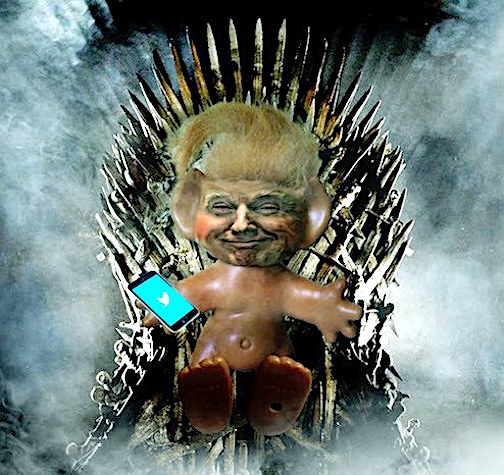 Environment:
Environment:
Ongoing Big Energy Crisis:
Fukushima: A Human-Made Disaster Brought on by Bad Faith “Nearly seven years after the triple reactor meltdowns, this unique nuclear crisis is still underway,” Greenpeace International’s Shaun Burnie wrote in a blogpost last December. The word “unique” is an understatement but true. The March 11, 2011meltdowns are the world’s first combined earthquake-tsunami-reactor catastrophe. Moreover, while other power reactors have run out-of-control, melted down and contaminated large areas, never before have three simultaneously suffered mass earthquake damage, station black-outs, loss-of-coolant and complete meltdowns. The consequences of its meltdowns-cubed are uniquely over three times deeper, broader and more expensive than anyone was prepared to handle. In the days following the initial quake, tsunami(s), and explosions, the head of the emergency response said, “There is no manual for this disaster.” Managers have had to invent, design, develop and implement the recovery whole cloth. Evacuation was so haphazard that on August 9, 2011, one local mayor accused the government of murder. by John Laforge
Energy CEO Says Fracking Build-out in New York Not Over, Wants Regulators to ‘Lay Down and Approve Every Pipeline At a pipeline industry conference in Pittsburgh on January 31, Robert G. Phillips, CEO and President of Crestwood Equity Partners, offered an unusually candid perspective on pipelines, fracking, environmental regulations, and how industry plans to fight back against public opposition and permitting problems. By Sharon Kelly
Civil Rights/ Black Liberation:
Opinion: How this Senate banking bill could open the front door to housing discrimination As we finish celebrating Black History Month, and the 50th anniversary of the Fair Housing Act, the Senate is set to consider legislation that would undermine our nation’s commitment to ensuring equal protection under the law. At a time when harmful rhetoric and policies from the Trump Administration are sowing divisions that attempt to marginalize racial, ethnic and other minorities, Congress should not weaken civil rights law or consumer protections by exempting more than four in five banks and credit unions from a requirement to disclose information about mortgage loans. If it does, anyone who may want to buy — or sell — a home will be impacted by reducing transparency for mortgage loans made by banks and credit unions which make fewer than 500 loans a year. By Making Sen$e 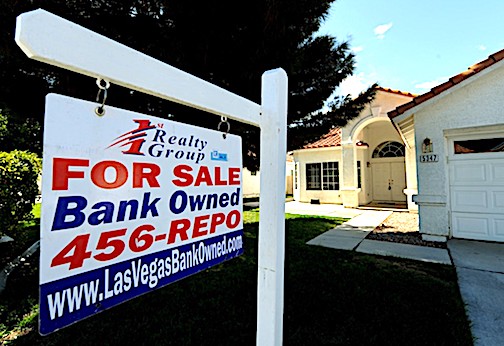
Labor:
The West Virginia teachers’ strike is over. But the fight for healthcare isn’t The strike was largely about healthcare benefits, which the deal for the most part skirted A wildcat teachers’ strike that roiled West Virginia for nine long days ended on Tuesday, after the state government passed a 5% pay hike. For a state that doesn’t even allow state employees to engage in collective bargaining, this amounts to a historic victory. Yet much remains undone. The strike was largely about healthcare benefits, which the deal mostly skirted. Even worse, the educators’ hard-won raise could come at the expense of other important state programs – potentially Medicaid, although this remains uncertain. Such an outcome only reaffirms a lesson made explicit throughout labor history: universal healthcare programs, rather than private benefits won through collective bargaining, must be a priority for organized labor. Between rising healthcare costs on one hand and public austerity on the other, West Virginia’s teachers’ health insurance plans had grown gradually worse in recent years, reflecting the situation throughout much of the country. As one teacher told the Los Angeles Times, pay was “not what kept us out. It’s the insurance. That’s the big deal.” By Adam Gaffney 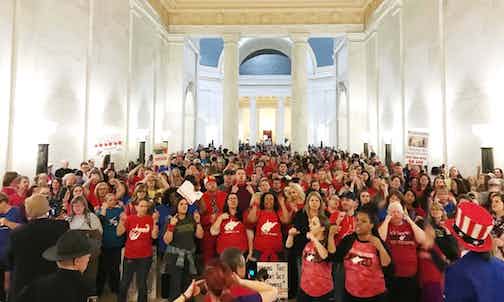
Economy:
Senate Claims to Fix Its Wall Street Bill, but a Look at the Text Says It’s Still a Giveaway Earlier this week, the Senate got 50 Republicans, 16 Democrats, and one Democratic-leaning independent to move forward on S.2155, the bipartisan bank deregulation bill. With that base of support, prospects for passage are extremely bright — or dark, depending on how you view a bill that the Congressional Budget Office says heightens the risk of a financial crisis for the purpose of loosening rules on banks. By David Dayen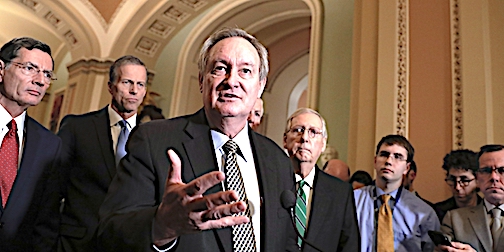
 If Toys ‘R’ Us Closes Its Stores, 36,000 U.S. Workers Could Lose Their Jobs After seven decades, Toys ‘R’ Us may have run out of options and be forced to liquidate all of its U.S. stores according to media reports. (The company called the reports “speculation.”) Toys ‘R’ Us had filed for bankruptcy protection on September 19 of last year, listing assets of $6.57 billion and debts amounting to an astounding $7.89 billion. By Pam Martens and Russ Martens
If Toys ‘R’ Us Closes Its Stores, 36,000 U.S. Workers Could Lose Their Jobs After seven decades, Toys ‘R’ Us may have run out of options and be forced to liquidate all of its U.S. stores according to media reports. (The company called the reports “speculation.”) Toys ‘R’ Us had filed for bankruptcy protection on September 19 of last year, listing assets of $6.57 billion and debts amounting to an astounding $7.89 billion. By Pam Martens and Russ Martens
 World:
World:
Spain: 8 March feminist strike – what kind of strike do we need? On 8 March, International Working Women’s Day, we will have a day of struggle, in which millions of women from all over the world will go out to the streets to demand their rights. For the first time in Spain, different unions have called a one-day general strike, with the aim of combating gender inequality in the workplace and sexism. Minority unions like CGT and SAT, together with the feminist movement, have called a 24-hour general strike. Furthermore, the larger unions like CCOO and UGT, have joined by calling for partial stoppages of two hours per shift. Demonstrations and rallies have also been called in all cities and it is expected that, as in previous years, these will be massive labour movement mobilizations. By Nadia García and Aura Orbe
Spain: women’s day strike “almost a revolution” What happened in Spain on International Working Women’s Day was remarkable. A commentator in the Barcelona daily El Periódico described it as “more than a strike, almost a revolution”. Over 6 million workers, mainly women but also men, came out on strike, the first time a strike had ever been called to mark 8 March. Hundreds-of-thousands participated in huge demonstrations in over 120 cities in a mass movement that can only be compared to the indignados in 2011 or the huge anti-war marches of 2003. By Jorge Martin Health, Science, Education, and Welfare:
Health, Science, Education, and Welfare:
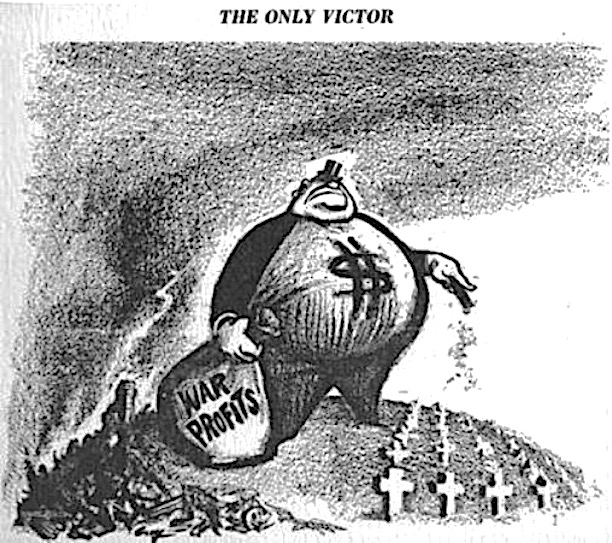

 The 5% wages that the teachers won, is better than that which the teachers unions initially settled for and urged the teachers to go back to work. The teachers ignored the union ‘leaders’ and stayed out of work for a few more days. The 5% settlement with the goverentment does not represent the increase of living. According to Shadow Government Statistics real inflation is 10%. And the labor bureaucracy got a guarantee that the state will deduct union dues from paychecks, for opposing the strike.
The 5% wages that the teachers won, is better than that which the teachers unions initially settled for and urged the teachers to go back to work. The teachers ignored the union ‘leaders’ and stayed out of work for a few more days. The 5% settlement with the goverentment does not represent the increase of living. According to Shadow Government Statistics real inflation is 10%. And the labor bureaucracy got a guarantee that the state will deduct union dues from paychecks, for opposing the strike.
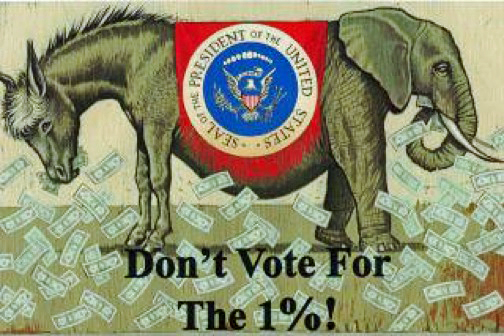
 Quotes of the Day:
Quotes of the Day: Environment:
Environment:


 If Toys ‘R’ Us Closes Its Stores, 36,000 U.S. Workers Could Lose Their Jobs After seven decades, Toys ‘R’ Us may have run out of options and be forced to liquidate all of its U.S. stores according to media reports. (The company called the reports “speculation.”) Toys ‘R’ Us had filed for bankruptcy protection on September 19 of last year, listing assets of $6.57 billion and debts amounting to an astounding $7.89 billion. By Pam Martens and Russ Martens
If Toys ‘R’ Us Closes Its Stores, 36,000 U.S. Workers Could Lose Their Jobs After seven decades, Toys ‘R’ Us may have run out of options and be forced to liquidate all of its U.S. stores according to media reports. (The company called the reports “speculation.”) Toys ‘R’ Us had filed for bankruptcy protection on September 19 of last year, listing assets of $6.57 billion and debts amounting to an astounding $7.89 billion. By Pam Martens and Russ Martens World:
World: Health, Science, Education, and Welfare:
Health, Science, Education, and Welfare: